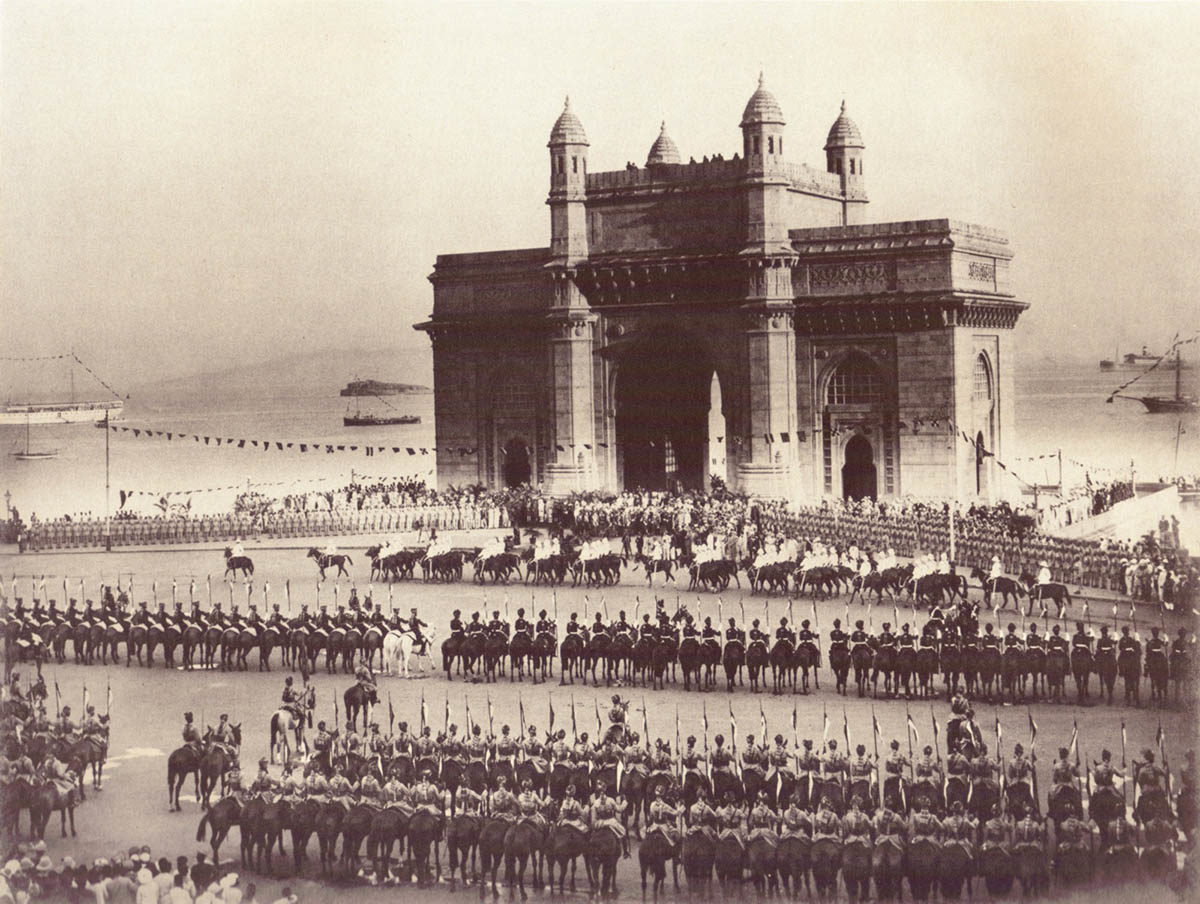Gateway of India: An Undesirable Fragment of Colonial Architecture

Javier Ors Ausin (MDes ’17)
The extravaganza of the British colonial power in India left behind many architectural monuments as a legacy of their supremacy. The fabrication of architectural memorials by various British agencies created British landmarks that mixed “nativized” adaptations of Indian design with the forms and expressions of British “home” culture. These hybrid Mughal/Victorian monuments of the Colonial Empire create today a tortured and distorted idea of Indian “heritage” that is familiar to the Mumbai inhabitants as the landscape of “home” and at the same time symbolic of the subjugation and erasure of their indigenous history. It is now the task of the local formerly subjugated Indian populace to preserve these markers of colonial status, as they somehow have become the guardians of the Empire’s legacy.
This inquiry reflects on the fundamental meaning of the Gateway of India monument in Mumbai, as an artifact that carries on the British colonial narrative in the form of an icon of contemporary tourist consumption. With this understanding, the monument requires to be read, untangling the historical narrative that goes beyond the 1911 Royal visit that memorializes. Rather, tracing its history and connections to British patronage, and how British power took on different shapes that bridged culture and design.
The central conundrum today is how India, with its many economic and environmental problems, takes care of its “heritage”, and how Indian architects and heritage policymakers preserve colonial monuments becoming victims of the Stockholm Syndrome.